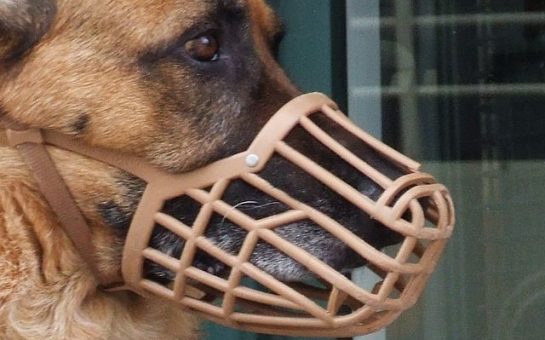A pointer dog named ‘Major’ is being hailed as the first ever modern dog – paving the way for pedigree breeds known today.
Crufts dog show 2013 starts on Thursday, but the discovery by University of Manchester historians of an obscure 1865 journal describes the animal who kick-started these popular events.
Dr Neil Pemberton, of the University’s Centre for the History of Science, Technology and Medicine and the School of Arts, Languages and Cultures, believes before the 1860s dogs where defined by what they did, not how they looked.
“’Major’ signalled a new age where dogs were increasingly bred for their form and from their pedigree,” he explained.
“The emphasis on conformation to breed types spread rapidly to other countries, where British dog shows were emulated and British dogs imported as foundational breed stock.
“Pointers were gun dogs, valued and bred for their ability to find game, but in the show ring they were expected to have a defined shape that aspired to the ideal set out in the breed standard.”
John Henry Walsh, using the pseudonym ‘Stonehenge’, devised a system in a Victorian journal, ‘The Field’, to define a dog breed by physical form.
Stonehenge published the classification for the Pointer in September 1865 to solve bitter disputes between judges at increasingly popular shows, with each event grading the dogs differently.
Dogs were given scores for parts of the body, in similar fashion to pigeon fanciers, with Stonehenge classifying the Pointer by head, neck, symmetry, legs, feet, stern and colour and coat.
“Stonehenge was so impressed by ‘Major’ when he saw drawings of the dog – and heard it had won a prize at a Birmingham show – he devised the classification,” Dr Julie-Marie Strange said.
“There’s a historical theme in the way many of these breeds were created.
“For example, though bull baiting had been banned in 1830, the Bulldog was bred to form considered to be ideal for grappling with a bull, a protruding lower jaw to grab the soft nose of bull.”
‘Major’ was sold to a ‘Mr Smith’ of Tettenhall in Wolverhampton from a Mr H Gilbert of Kensington.
Ever since the first show of 1859 owners of champion animals were increasingly able to command lucrative stud fees, as well as cups and prize money of around 5 guineas.
Professor Michael Worboys, head of the University team, believes Stonehenge’s classifications set-off a chain where dogs were re-imagined, redesigned and remade.
“The standard set by ‘Mr Smith’s Major’ must surely be one of the most important milestones in the six-thousand-year-old relationship between canines and man,” he said.
“As dogs came to be defined as ‘breeds’, they were bred for greater conformity to breed standards, which meant more inbreeding, and more health problems as dogs were bred from a smaller gene pool.”
An article on a ‘Gordon Setter’ soon followed along with others on Clumber Spaniels, Norfolk Spaniels, Truffle Dogs and Fox Terriers with Walsh’s edited collection was published in 1867.
“Though Stonehenge’s classification isn’t used today, it’s principle of defining a breed and judging by conformation will be the main criterion in the show ring at Crufts this week,” added Dr Pemberton.
For more on this story and many others, follow Mancunian Matters on Twitter and Facebook.



